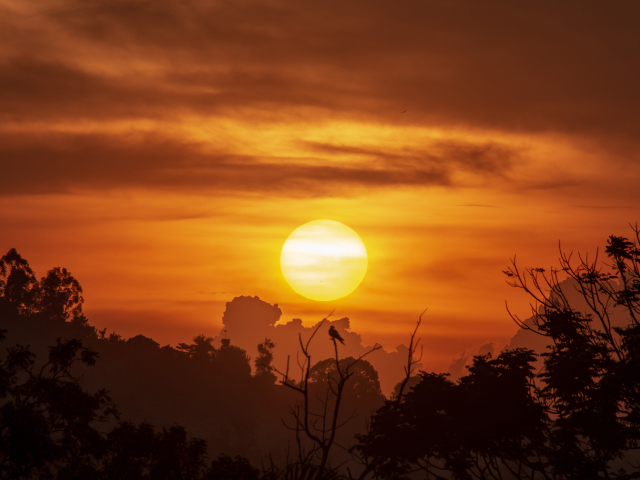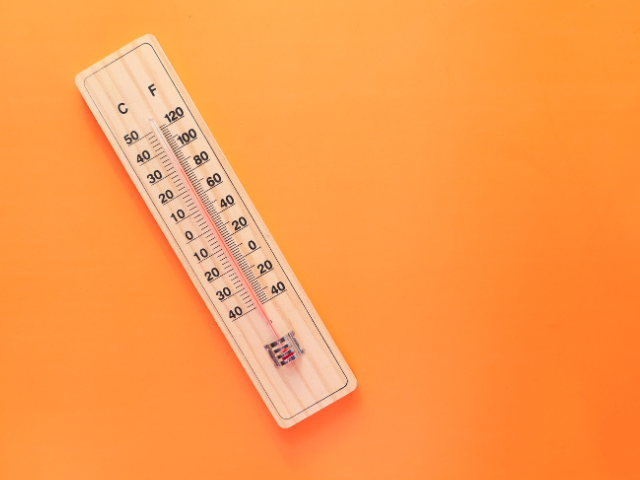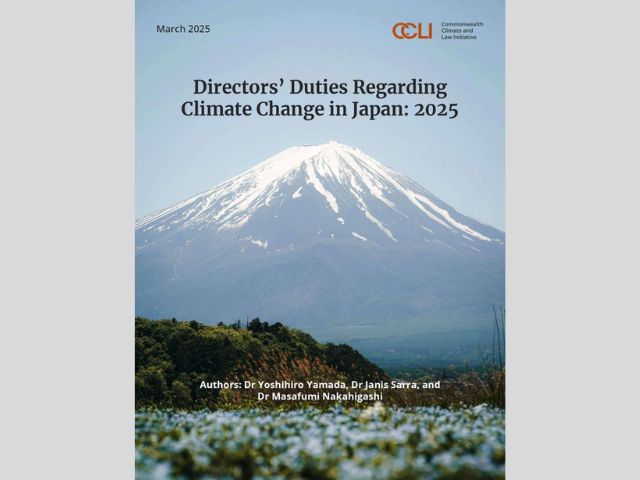
A glowing sunset over the African landscape—reminding us of the continent’s long history of resilience and adaptation.
We often talk about climate change like it’s a new threat. But humanity has been navigating climate shifts for thousands of years. One of the most inspiring stories comes from ancient Africa. Long before modern tools or technology, communities across the continent developed smart, adaptable ways to survive—and even thrive—as their environments changed.
What they figured out could still help us today.
What Was the Holocene?
The Holocene is the name scientists give to the current period of Earth’s history. It began around 11,000 years ago, just after the last Ice Age. During this time, the world’s climate became warmer and wetter—and then later, drier in many places. These shifts had a huge impact on rivers, grasslands, forests, and deserts. And that, in turn, shaped how people could live and find food.
In Africa, the Holocene included a time called the African Humid Period (around 14,700–5,500 years ago). During this period, parts of the Sahara were green and full of lakes. But when the rains stopped, the region slowly turned into the desert we know today.
Smart Survival: Different Ways to Live
Faced with changing weather and landscapes, ancient African communities didn’t stick to just one way of living. Instead, they used a mix of four main strategies:
- Herding animals (pastoralism): Raising animals like cattle, goats, and sheep for milk, meat, and other products.
- Growing crops (cultivation): Planting and harvesting food like grains, fruits, and vegetables.
- Fishing: Catching fish and using water-based resources near rivers, lakes, or the ocean.
- Foraging (hunting and gathering): Collecting wild plants and hunting animals for food.
Instead of depending on just one of these, many people blended them. That’s what made their way of life so strong.
What the Bones Tell Us
So how do we know all this?
Scientists looked at ancient human and animal bones from all over Africa and studied tiny chemical clues inside them, called isotopes. These isotopes—especially of carbon (C) and nitrogen (N)—help tell us what people were eating. For example:
- If someone ate mostly plants that grow in dry, sunny places (like millet), their bones have a different carbon signature than someone who ate forest-grown foods (like wheat or fruits).
- Higher nitrogen levels often meant people were eating more animal products or fish.
This method, called isotopic analysis, allowed researchers to map out who was eating what, where, and when.
Why Herding Was So Powerful
One of the most flexible strategies turned out to be herding animals. Herding was like a moving pantry—people could take their animals to where the grass and water were, even during dry spells. That mobility gave them a huge advantage when the climate got less predictable.
In fact, scientists found that herding-based ways of life were the most widespread, showing up at over 60% of the archaeological sites studied. This helped communities survive in deserts, mountains, savannas, and everywhere in between.
Key benefits of herding:
- Could move with the seasons and rainfall
- Didn’t rely on planting or harvesting schedules
- Provided milk, meat, and even materials like dung for fuel
Mixing Strategies
But what made these ancient strategies so effective wasn’t just herding or farming on their own—it was how people mixed and matched them.
Some communities combined herding with fishing, or farming with foraging. These “mixed livelihood strategies” gave them more options, more stability, and more resilience when things changed unexpectedly—like a drought, or a failed crop.
For example:
- People in southern Africa fished in coastal areas while also hunting and gathering wild foods.
- In East Africa, communities used both crops and animals, creating a safety net of food sources.
- In northern Africa, herding and farming coexisted in regions with limited rainfall.
This variety helped them bounce back from environmental shocks—and it’s something we can learn from today.
What This Means Today
Today, climate change is hitting some communities harder than others—especially in parts of Africa. But the story of the past offers hope. These ancient strategies show that flexibility and diversity can be powerful tools for survival.
Modern farming often focuses on a single crop. But as the climate becomes more unpredictable, we may need to return to more blended, locally tailored approaches.
Lessons we can apply today:
- Encourage farming that includes both plants and animals.
- Support local fishing and foraging knowledge where it still exists.
- Design policies that allow communities to adapt rather than stick to one-size-fits-all solutions.
By looking back, we see that people have always been capable of adapting with intelligence and creativity. The question is whether we’ll choose to do the same—especially now, with even more at stake.
Sources: Phelps, L. N., Davis, D. S., Chen, J. C., Monroe, S., Mangut, C., Lehmann, C. E. R., & Douglass, K. (2025). Africa-wide diversification of livelihood strategies: Isotopic insights into Holocene human adaptations to climate change. One Earth, 8(6), 101304. https://linkinghub.elsevier.com/retrieve/pii/S2590332225001307


